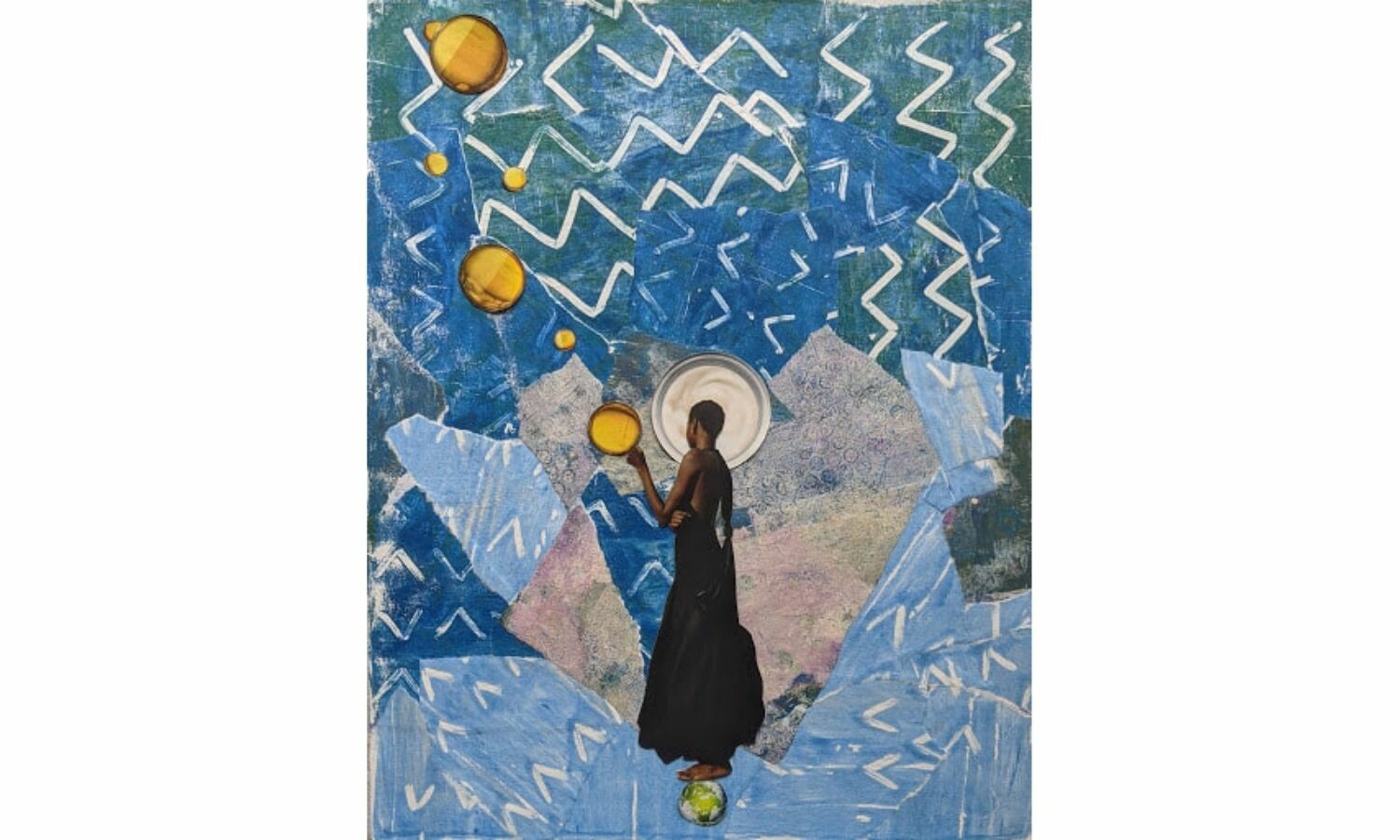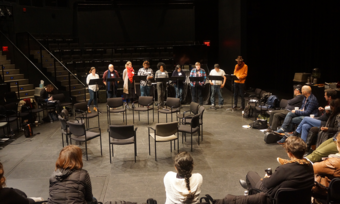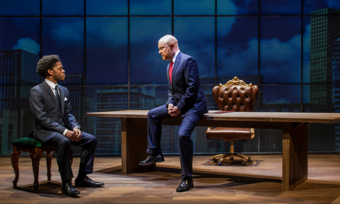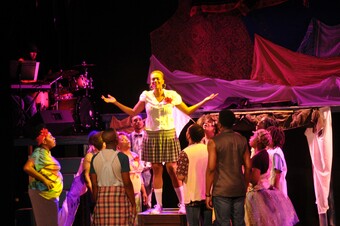Are you tired? I’m tired.
Are you energized? I’m energized.
What conflicting feelings these are, the ones of “coming-out-of-the-pandemic-ness.” We’re not quite out of the woods yet, but we are continuing to rebuild and recover: rehearsals have resumed at theatres across the country, subscription packages have hit mailboxes, and fundraising efforts continue to thank and retain donors who have stepped up to support the arts over the past eighteen months of the COVID pandemic.
What the past eighteen months have taught about the arts and culture sector is that, above all, the arts are all about people. It takes a village to run an arts organization in America. It takes people to support the company through tickets and donations, and it takes people to return to the theatre, excited and inspired to experience their favorite art form after eighteen months of isolation.
How do we take the lessons of empathy, understanding, communication, and equity that we reflected on during a time of crisis and hold them close in our fundraising moving forward?
Fundraisers have noted that during the pandemic, donors gave on top of their annual donation; many organizations doubled (even tripled) the size of their donor base through new donations; and major givers provided leadership gifts that allowed staff to remain employed and insured. All of this in support of the mission and the long-term sustainability of organizations. We found the opportunity to humanize the arts in a direct way to our donors during the pandemic.
How do we take the lessons of empathy, understanding, communication, and equity that we reflected on during a time of crisis and hold them close in our fundraising moving forward? It would be counterintuitive for our sector, one based on community and access for all, to lose momentum at a pivotal time such as this. We must also hold true our commitment to creating equitable space for all communities and turn intention into action when it comes to Inclusion, Equity, Diversity, and Accessibility (IDEA) efforts.
The landscape of fundraising is evolving with IDEA efforts in mind. The pandemic proved that communities who support the arts and culture sector have tremendous capability to give, and it is our responsibility to retain and steward those gifts accordingly while ensuring that our messaging welcomes new givers at all levels. As fundraisers, we must hold ourselves accountable to that responsibility over the next eighteen months. So where do we start?
Money and relationships.
In fundraising, money can feel like the bandage by which problems are solved. Budget shortfalls can be resolved by asking Joe Donor to write a check for the difference. A show loses money? We will just get a bit more aggressive in the next fundraising campaign. However, these are temporary solutions and can be detrimental for long-term sustainability of relationships with donors and your base. Fundraisers often hear about “donor fatigue,” a practice in which an organization or fundraiser keeps going back to “reliable” donors (read: “rich”) to help make up losses with additional gifts. The pandemic found donors of all giving levels giving to multiple causes to support them during the pandemic, but the givers are as tired of the pandemic as the fundraisers are.
A team of fundraising staff must begin to reckon with their social positionality within the fundraising ecosystem.
Our first priority should be gratitude for the community’s support of the organization. Find creative ways to thank the community. Tell the story of how the organization sustained itself through the pandemic. Speak about the uncertainty of the future, but with a hopeful tone, as donors are eager to get back and be a part of this exciting arts audience renaissance we will witness over the next five to seven years.












Comments
The article is just the start of the conversation—we want to know what you think about this subject, too! HowlRound is a space for knowledge-sharing, and we welcome spirited, thoughtful, and on-topic dialogue. Find our full comments policy here